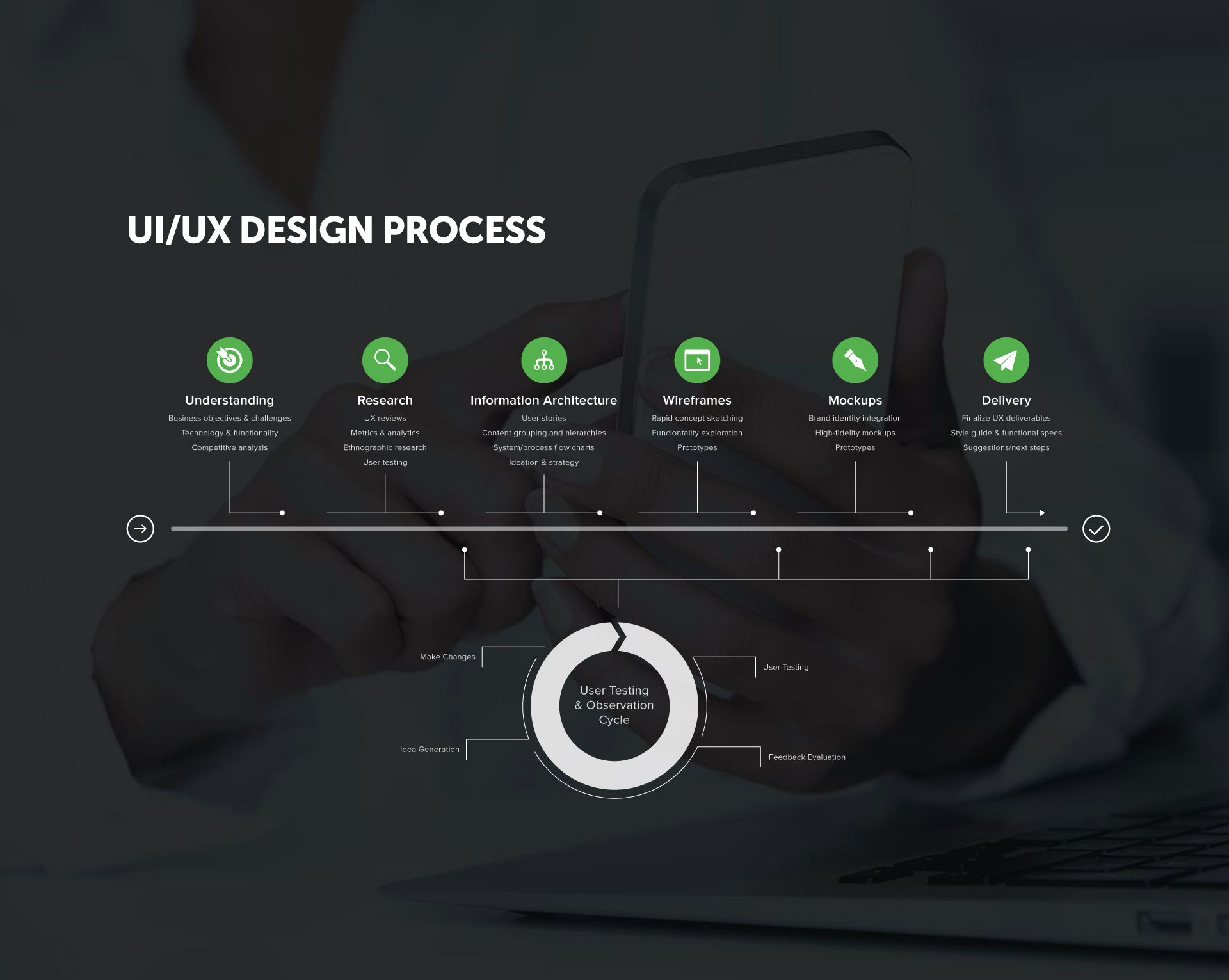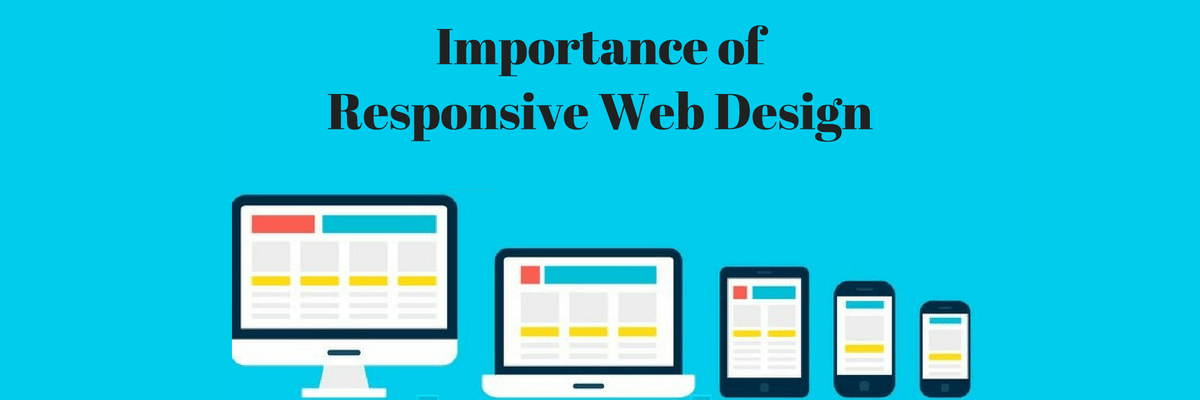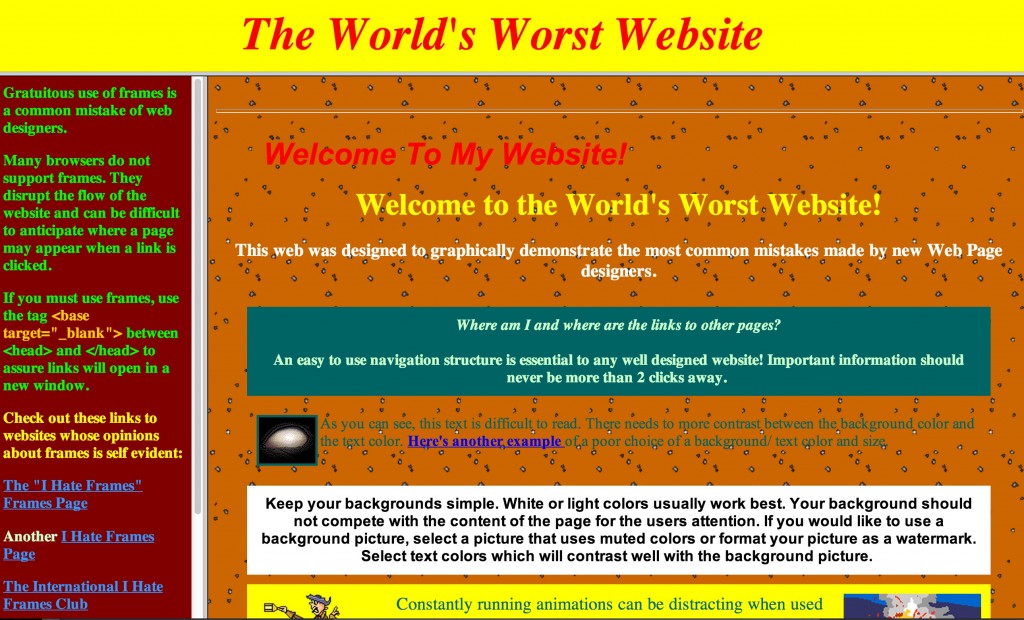
Once you have installed WordPress, you will need to create a page or post. Pages are for static pages or blog posts. Posts are for blogs. After you create a page, or post, the WordPress Block Editor will appear. This is where you can start formatting and typing the content. You can then set up the rest your website. These are some tips to get your website up and running.
Plugins
WordPress plug-ins can be a great way to extend the functionality of your website. These extensions are written in PHP programming language. They are compatible to the WordPress core. After installation, WordPress plugins can be activated and managed by the site administrator. You can view a complete list on the official WordPress directory. You might also use plugins to create a reservation for a restaurant, bed & breakfast, or hotel website. Web browsers can also use plugins to add more features and read a variety of file formats.

Categories
A category can be described as a type or post. WordPress makes it easy to add new categories via the post editing screen. The categories appear as a simple form that lets you name them and specify whether they're child or parent categories. Categories for children are subordinated to those of their parents and vice versa. You can also add a description. It's optional but useful to describe the subject of a particular category or post.
Tags
There are a couple of ways to organize content on your WordPress site. Tags can be used to group related posts together. Although tags aren't required, they can be a great way of grouping content by topic. You should have three to eight categories on your site. Once you have created the category, you can use tags for organizing the posts within each of them. This will make it easier for you to find the posts that you wish to promote.
Comment
If you've ever wondered how people can comment on a WordPress post, you're not alone. There are many options. First, you will need to sign in to your Facebook or Twitter accounts. It is possible to comment on multiple blogs without needing to complete a form, although this can be slow. Once you have signed in, you just need to write your comment. If you have Facebook pages, you'll be prompted add a link.
Customizer
You can edit your theme, add widgets and modify your home page settings in the WordPress customizer. The Customizer does not work with newer themes. They instead use the Site Editor. Your customizer will display the default theme by default. The customizer allows you to change the theme to your liking. These are some suggestions for setting up your Customizer. You can read on to learn more about customizer features.

Hosting options
There are many good options for hosting a WordPress site. Depending on how much traffic you expect your website to receive, you might want to choose a hosting plan that includes business-class infrastructure. If you need 24/7 support, you may want to check out Liquidweb. Liquidweb may be more costly than others but it will provide the best WordPress support. Annual plans are available at a discounted price.
FAQ
How do you create a free website.
It all depends on the type of website you are trying to build. Do you want to sell products online? Start a blog? Build a portfolio?
It is possible to create a basic website with HTML and CSS (a combination HyperText Markup Language & Cascading Style sheetss). It is possible to make a basic website with HTML and CSS. However, many web developers recommend using a WYSIWYG editor, such as Frontpage or Dreamweaver.
Hire a freelance web developer if your skills are not in-depth. They will help you design a website that suits your specific needs.
A freelance developer may charge you either a flat-fee per project, or an hourly fee. The cost of hiring a freelancer varies depending on how much work they complete within a given timeframe.
For example, some companies charge $50-$100 per hour. For larger projects, rates are usually higher.
You can also find jobs on many freelance websites. There are many websites that list available jobs.
Which website builder should I use?
A small website is the best way to build a successful web presence. If you have the resources and time to create a fully-fledged website, go for it. A simple blog is a good option if you don’t yet have the necessary resources. As you become proficient in web design and development, you can add features as needed.
You should first set up your primary domain before you begin building your first website. This will provide you with a point of reference when you publish content.
Where can I find freelance web developers?
You can find freelance web designers and developers in several places. Here are some of our top choices:
Freelance Sites
These websites offer job listings for freelancers. Some have very specific requirements, while others don't care what type of work you do.
Elance, for example, offers high-quality jobs as programmers, graphic designers, translators and editors, project managers and many other positions.
oDesk features similar to oDesk, but they are focused on software development. They offer positions in PHP and Java, JavaScripts, Ruby, C++, Python, JavaScripts, Ruby, iOS, Android, as well as.NET developers.
oWOW is another good option. Their site focuses primarily on web designers and graphic design. You can also get video editing, programming and SEO services.
Online Forums
Many forums let members advertise and post jobs. DeviantArt, for web developers, is one example. You can search for "web developer" using the search bar to see a list threads in which people are seeking help with their websites.
How much does it cost to create an ecommerce site?
This depends on your platform and whether you hire a freelancer or go through a service provider. eCommerce sites typically start at around $1,000.
You can expect to pay between $5000 and $10,000 for a platform once you have decided.
You won't spend more than $5,000 if you are using a template. This includes any customizing you do to your brand.
Can I make my website using HTML and CSS?
Yes! If you've been following along so far, you should now understand how to start creating a website.
Now that you are familiar with how to create a website's structure, you will also need to be familiar with HTML and CSS programming.
HTML stands to represent HyperText Markup Language. You can think of it as writing a recipe. It would include ingredients, instructions, as well as directions. Similarly, HTML tells a computer which parts of text appear bold, italicized, underlined, or linked to another part of the document. It's the language for documents.
CSS stands for Cascading Stylesheets. Think of it like a style sheet for recipes. Instead of listing each ingredient or instruction, you will write down the general rules for font sizes and spacing.
HTML tells your browser how to create a web page. CSS tells you how.
If you don't understand either of those terms, don't fret. Follow these tutorials, and you'll soon have beautiful websites.
Statistics
- Did you know videos can boost organic search traffic to your website by 157%? (wix.com)
- It enables you to sell your music directly on your website and keep 100% of the profits. (wix.com)
- Studies show that 77% of satisfied customers will recommend your business or service to a friend after having a positive experience. (wix.com)
- In fact, according to Color Matters, a signature color can boost brand recognition by 80%. There's a lot of psychology behind people's perception of color, so it's important to understand how it's used with your industry. (websitebuilderexpert.com)
- The average website user will read about 20% of the text on any given page, so it's crucial to entice them with an appropriate vibe. (websitebuilderexpert.com)
External Links
How To
How to become a web developer?
A website is not just a collection of HTML code. A website is more than just HTML code. It's an interactive platform which allows you to interact with users and provide valuable content.
Websites can be more than just a means of delivering information. It should also serve as a portal to your company. It should allow customers to quickly find what they need, while also showing how you want them interact with your business.
The best websites let visitors do exactly what it says on the tin: find what they are looking for, then go.
This goal will require you to master technical skills and aesthetics. You will need to know HTML5 coding basics and CSS3 styling, along with the latest developments in JavaScript.
A variety of tools are required, including InDesign, Photoshop, Illustrator and Fireworks. These tools enable designers to create website graphics and layouts. And finally, you'll need to develop your style guide, which includes everything from fonts to colors to layout.
Begin by learning about the subject, taking online courses, and enrolling in college programs if you want to become a web developer.
It might take months or years to complete your degree program, but once you've earned a degree, you'll be ready to enter the workforce.
Practice makes perfect! It will be easier to create great websites the more you learn how to design.